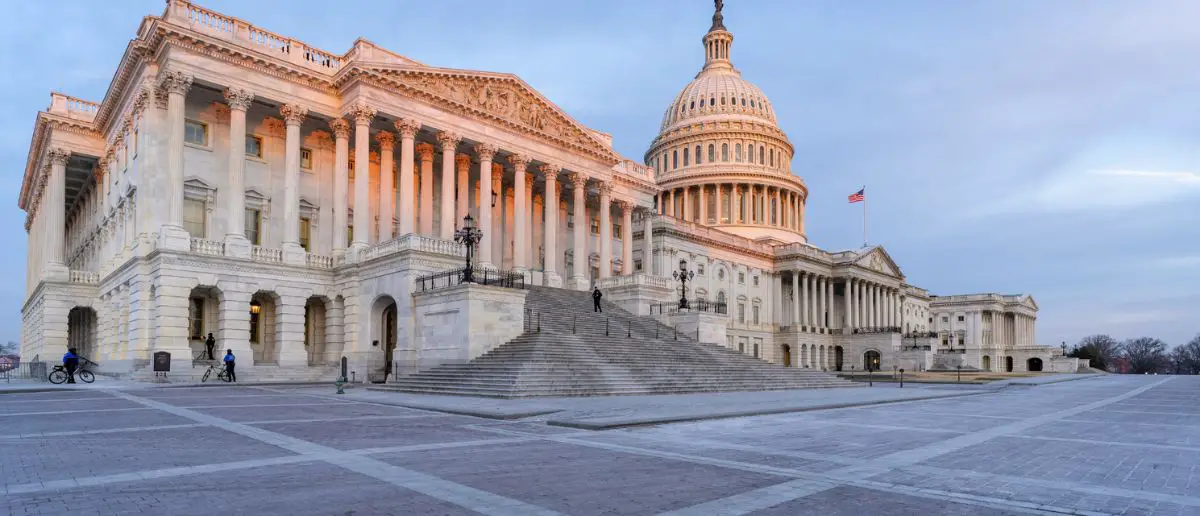
The United States is inching closer to war. Millions are nervous with Biden at the helm.
And now Joe Biden’s knees gave out when he saw this weapon Iran just unveiled.
In response to mounting concerns about America’s response to the Iran regime’s increased assaults on American interests following the October 7 terror attack in Israel, the Iranian government has recently made a number of announcements meant to demonstrate its military might.
Iranian officials proudly displayed a state-of-the-art battleship on Monday, claiming the Caspian Sea will be a “sea of peace and friendship.” They went on to assert that Iran’s naval might in the region will help ensure the safety of commercial ships, protect them from terrorists, and prevent repeat tragedies. This news follows the nation’s recent assertion that it has expanded its arsenal with the development of a new hypersonic ballistic missile.
“Iran is continuing to try to signal that its military industries are impervious to and cannot be set back by sanctions, hence the pomp and circumstance here,” Behnam Ben Taleblu, a senior advisor at the Foundation for Defense of Democracies shared with media outlets after the announcement from Iran. “Of note, the new vessel is to be deployed in the Caspian Sea, a sign of the regime’s increased securitization of the world’s largest lake and a major conduit for the drone trade with Russia.”
The Iranian propagandists are even parading their new military might all over X (formerly known as Twitter), raising concerns that maybe Big Tech companies should be more focused on policing known terrorists regimes online than conservatives.
There was a time when no one imagined the Islamic Republic of Iran’s Navy would ever be present in the Caspian Sea. But now, they build destroyers on the coast of the Caspian Sea and send them out into the water. #Deylaman pic.twitter.com/2UN5KLDsaB
— Khamenei.ir (@khamenei_ir) November 28, 2023
In the wake of the Israeli attack on Israeli soil, the Iranian-backed terrorist group Hamas launched a series of assaults on American interests and bases across the Middle East. Iranian proxies have been responsible for dozens of these attacks, including incidents in international waters where the Houthi rebels of Yemen have attacked and seized control of ships in the Red Sea and Gulf of Aden.
“Iran’s evolving anti-access, area-denial capabilities are likely to continue to trickle to proxies like the Houthis in Yemen, which already boast anti-ship cruise and anti-ship ballistic missiles,” added Taleblu.
The United States has come under fire from prominent Republicans in Congress for what many see as an inadequate reaction to the surge in assaults.
During an interview with Fox News Digital on Monday, Republican Senator Tom Cotton of Arkansas stated that since Joe Biden came into office, Iran has launched more than 150 strikes against American sites in the Middle East, with more than 70 of those attacks occurring in the past month alone.
“Iran and its proxies know they can get away with this because the Biden administration rarely hits back. And when it does respond, the strikes only target empty warehouses or inconsequential proxy forces in Iraq or Syria.”
The Biden administration is actually paying Iran to attack American military units stationed in the Middle East.
Just today, Iran's militia fired missiles at an American battleship and they're still getting $10 Billion from Biden.
Insane.#BidenHarris2024 #FJB https://t.co/Ln2IwwK8HC
— Max Headroom (@UnrealMaxHead) November 15, 2023
The history of how Iran became so radical goes back decades, with many pointing to the late 1970s as the start of how the modern Iran regime has evolved into what it is today.
The most significant event in shaping modern Iran was the Islamic Revolution of 1979. At that time, Iranians, led by Ayatollah Ruhollah Khomeini, overthrew the Pahlavi monarchy led by Mohammad Reza Shah. The revolution was driven by a mix of grievances, including economic inequality, political repression, and a desire for greater Islamic influence in governance. The establishment of an Islamic Republic marked a significant departure from Iran’s previous secular orientation.
The revolution resulted in strained relations with Western countries, particularly the United States. The U.S. had supported the Shah, and the subsequent hostage crisis in 1979-1981, when American embassy personnel were held captive, further heightening tensions. This period contributed to a perception of Iran as a radical state, particularly in Western eyes.
Iran’s conflict with Iraq, initiated by Saddam Hussein, further solidified a sense of external threat and fueled nationalist and revolutionary fervor. The war had a profound impact on the Iranian psyche and reinforced a sense of resilience against external aggression.
The Iranian government, under the leadership of Ayatollah Khomeini and his successors, worked to establish an Islamic state based on Shia principles. The fusion of political power and religious authority has been a defining feature of the Iranian political system.
Iran has supported various Shia and anti-Israeli movements in the region, such as Hezbollah in Lebanon and Palestinian groups. This has contributed to its image as a regional actor challenging the status quo.
Stay tuned to the DC Daily Journal.





